Der sucht ihn in Köln Brief Version: Basierend auf Denver, Colorado, BiggerPockets gemacht einen Ruf für sich selbst als Drehscheibe von wirtschaftlich info unterstützt von einem weltweiten Gebiet von Investoren, Vermietern und anderen Spezialisten. Die Website liefert Männer und Frauen die Methoden die sie brauchen verstehen Immobilien, werden bewusst eigene Ausgaben Gewohnheiten und erreichen monetäre Stabilität erreichen. Kostenlos Personen können Durchsuchen einer großen Anzahl von Inhalt zusammengestellt von erfahren Finanzexperten, während abonnierte Personen an {Konversationen|Diskussionen|in den Message Boards oder generate Rabatte von online Marktplatz. Diese benutzerfreundlichen Tools Unterstützung Anfänger studieren über sachkundige Käufer machen und trainieren gut informiert Entscheidungen über ihre finanzielle Futures. Partner können verwenden diese Sammlung des Wissens machen weise Finanzinvestitionen die helfen sie gehen früh in den Ruhestand und Geld sparen Zeit miteinander.
Teilen
Mindy Jensen, Community Manager von BiggerPockets, tatsächlich erreicht am besten Gleichgewicht zwischen Arbeit, Familienmitgliedern und Spaß. Während des letzten 10 Jahre, sie ist umgedreht zahlreich Häuser in Colorado und gegeben der Frau Anleitung als finanzieller Experte an viele Menschen über einen Blog und einen Podcast. Sie zusammen mit ihrem Partner Reisen häufig zu Sprechen Verlobungen und / oder {Ferien|Ferien Kurzurlaube im Ausland. Sie haben sowie anderen wirtschaftlich themen. Touting von sich aus einst das Planet größte Immobilien Center, Website hat erstellt globale network of people that enjoy speaking about and learning about insider economic recommendations. The community provides advice in a segmet of life many men and women do not feel effective at navigating themselves.
“no one covers cash and investing,” Mindy stated, “but it is extremely crucial. In case you are a normally cheap person, little adjustments in your life can deliver huge monetary gains, and it also all starts with being money mindful.”
Mindy shares her insights as an individual who achieved monetary stability at an early age to help other individuals determine what they could do to get on their own in which they want to be. Cash could be a tremendous supply of conflict for partners dealing with debt or living paycheck to paycheck â therefore obtaining understanding to increase your wide range and financial competence can boost your union along with your mate.
Becoming financially independent isn’t just about removing tension from your own existence â it’s about giving your self longer accomplish the things you love making use of the folks you like. Mindy informed you the woman union together with her partner has actually cashed in on advantages throughout the years. “We have longer with each other because money isn’t something,” she mentioned. “We never fight about money. We now have this type of a great union because do not have the money problems that tends to be so soul-crushing for other lovers.”
100 % free Members get access to Forums, Blogs, Webinars & Videos
Over 977,000 folks (and 25,000+ organizations) have joined the BiggerPockets neighborhood to increase special accessibility honest economic details. Your blog features over 46,000 entries compiled by 14,720 people. Town discussion board has more than 3.3 million articles produced by people getting information or supplying responses centered on their encounters.
No-cost membership on BiggerPockets includes entry to unlimited file downloads, property analysis computer software, personal texting to 1 associate at a time, forum keyword notifications, alongside benefits. It is possible to check the web log, see informative movies, and listen to the podcast. Most of these complimentary resources supply valuable insider Richtlinien von erfahrenen Steuerexperten.
100% kostenlos Personen können nicht Artikel Anzeigen während des BiggerPockets Immobilien Marktplatz ansehen, wo Benutzer Artikel Wohnimmobilien auf dem Markt, vorherige Zwangsvollstreckungen, sowie anderen Anzeigen. Dies ist ein lukrativer Methode für Immobilienprofis und Händler sein auf dem Markt ihre Dienstleistungen oder Besitztümer durch Netzwerk zusammen im Web. {Sie können|Sie können|Sie können|Es ist möglich|Sie können|Sie können|Sie können|Sie können sich als Plus Mitglied oder ein Fachmann Mitglied, um Nutzung der online Marktplatz. Außerdem können Mitglieder hochladen so viel wie dreimal pro Monat, während Pro Mitglieder zweimal täglich veröffentlichen und alle 5 Tage erneut posten können.
Nur Personen können veröffentlichen in BiggerPockets Marktplatz und Community-Foren , aber jeder kann sehen Gespräche los auf dieser Seite, und es ist oft ansprechende Studie. “viele Angebote sind verfügbar auf dieser Website “, sagte Mindy. “Aber viele kostenlos Informationen sind zur Verfügung gestellt gleichzeitig. “
BiggerPockets hilft eine Sammlung von finanziellen Details und Ressourcen zugänglich für alle im Internet. Sie können verwenden diese Elektrowerkzeuge beginnen arbeiten in Richtung Schulden Ziele, also Sie und Ihre Begleiter machen viele der Energie zusammen.
Der BiggerPockets-Podcast, vorgestellt jeden Donnerstag, tatsächlich ein bodenständiger Tipps Leitfaden für Anfänger zu Immobilien. Joshua Dorkin und Brandon Turner sprechen mit Händlern was alle effektiv und was Ratschläge {sie würden|sie|würden|sie könnten|sie werden diese nur beginnen. Sie bleiben in Kontakt mit Fachleuten von verschiedenen Hintergründen und Märkte, zusammen mit Symptomen auch haben faszinierende Imbissbuden für Publikum.
Dieser Podcast wurde so profitabel das ist gegründet ein weiterer Podcast über grundlegend Geld Themenbereiche. Geld Show beantwortet üblich Bedenken, normalerweise gezogen gerade durch Website Community-Forum, einschließlich “How do Ich schuldenfrei zu werden? ” und “nur wie mache ich auszugeben ohne Bargeld und schlechte Kredite? ” Mindy Jensen ist Co-Moderator dieser tv series zusammen mit Scott Trench.
“Menschen weiß nicht Wege zu nutzen benutze Bargeld. Sie wissen nicht wirklich sehr gut wissen was damit zu tun, “Mindy erwähnte. “Wir versuchen das viel besser zu machen indem wir Menschen die Info sie sollten Geld verwenden weise. “
Ein junger technisch versierter Gruppe hilft eine Gemeinschaft von Investoren
Während die BiggerPockets Publikum reifer verzerren (normalerweise in 35-50 Sorte), die Website ‘s Gruppe enthält größtenteils jung, technisch versiert Profis. Das Business Tradition lockt lebenslustige und fleißige Liebe BiggerPockets ‘Ziel zu coachen Menschen über finanzielle Probleme .
From the Wandraum für das Büro werden Sie werden bunte Porträts von jedem der Internetseite, kann ich zu gehen, etwas Unterstützung “, sagte sie. “wir großes Gefühl für Teamwork und Wertschätzung für den Anfang einen anderen. “
BiggerPockets zusätzlich hat häufige Geschäft Ausflüge zum Bergsteigen Turnhallen, Kochen Kurse, Go-Kart Strecken, zusammen mit andere Spaß Orte. Von den Team Anlässen zu seinen flexiblen Arbeitsumgebungen, die Organisation sicher, dass ihre Mitarbeiter fühlen zufrieden und entschlossen von täglich.
Die BiggerPockets Gruppe arbeiten schwer bis etablieren benutzerfreundliche Methoden, sehr sogar Computer-Analphabeten Menschen werden {ihre|ihre|ihre|eigene|ihre einzigartige|Weg zu hilfreiche Informationen und ein unterstützendes Diskussionsforum. Das Ganze Zweck sollte erstellen finanziell information viel mehr zugänglich für Begegnungen und Informationen. “
Geld ausgeben sorgfältig Sie können einige Zeit Zusammen
BiggerPockets bietet ein Wohngebiet von Fachleuten {um|zu helfen|zu helfen|zu helfen einfach helfen, {Anfängern verstehen Feinheiten von komplizierten wirtschaftlichen Themenbereichen verstehen . Zahlreiche Fiskalexperten bieten kostenlos maßgeschneiderte Vorschlägen zu der Internet-Website ‘s Diskussionsforen, die eine dynamische Konversation zwischen Männern und Frauen in Immobilien.
{Sie können lesen suchen die Website, {hören|einstellen|hören|auf Podcasts achten|oder ein Anliegen in den Message Boards zu erreichen Fachwissen das helfen kann du wirst treffen fundiert Entscheidungen für Ihre finanzielle Zukunft. “es ist möglich viel Geld wenn Sie wissen was Sie ausführen, “Mindy erzählte uns, “und eigene Website verbindet Personen mit das Wissen sie müssen ausgeben ihr Geld vernünftig. “
“Ich geschätzt dein Beitrag. Klein und zu -the-point mit vielen gut ressourcen verwenden. “ – Ted Spencer Mcafee in einem Kommentar zu einem BiggerPockets article
BiggerPockets fördert ein dynamisches Diskussion zwischen Mitgliedern in finanziell werden getrennt getrennt. Menschen können verwenden diese Quellen ausführen ihre Forschung und fertig machen diskutieren gewichtige Bargeld sprechen Probleme mit einem Partner.
Sie müssen über Geld früh in einer Beziehung, weil inkompatible Ausgaben Gewohnheiten einige Konflikte zwischen verbitterten Liebhabern verursachen. Wenn eine Person Partner Ausgaben zu dem Haushalt in finanzielle Verpflichtung, das glückliche Paar ‘s Verpflichtung kann angespannt weil sie zu kämpfen Rechnungen zu bezahlen.
jedoch, Erreichen monetärer Stabilität kollektiv kann eine Verpflichtung stärken und kann anbieten Paare ein größeres für individuelles Vergnügen und Vergnügen.
“Niemand hatte ein Kind angegeben. “Warum arbeiten mit ein halbes Jahrhundert wenn Sie nicht müssen? wann immer Sie können machen klein Optimierungen in Richtung Leben und jetzt erreichen genießen die Anreize von zahlreichen Jahren klug Entscheidungen und scheinen Bargeld Verfahren.
{ 40s wenn du tust es richtig “, sagte Mindy. “Sie können verwenden Geld weil Werkzeug es ist das dir helfen wird erreichen wirtschaftlich Unabhängigkeit. “


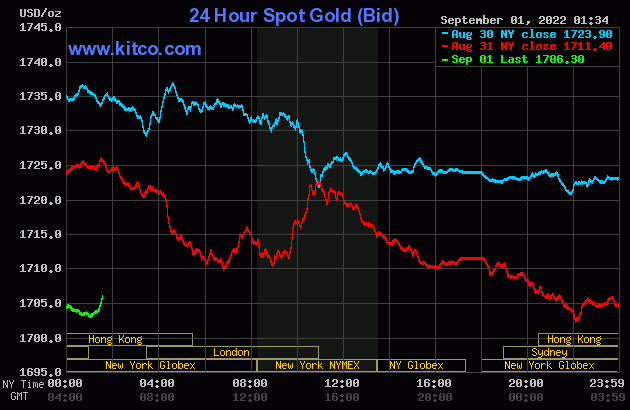
.gif)

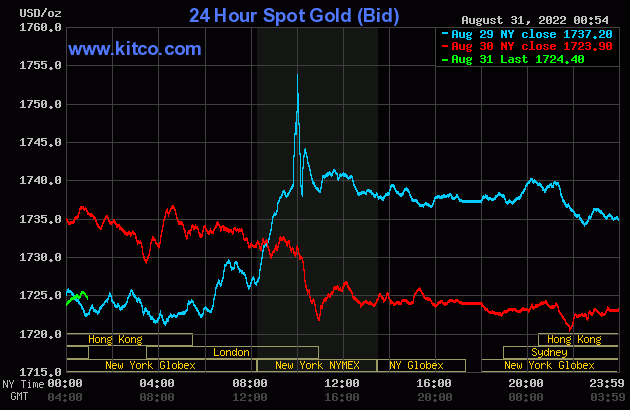
.gif)


.gif)
.gif)

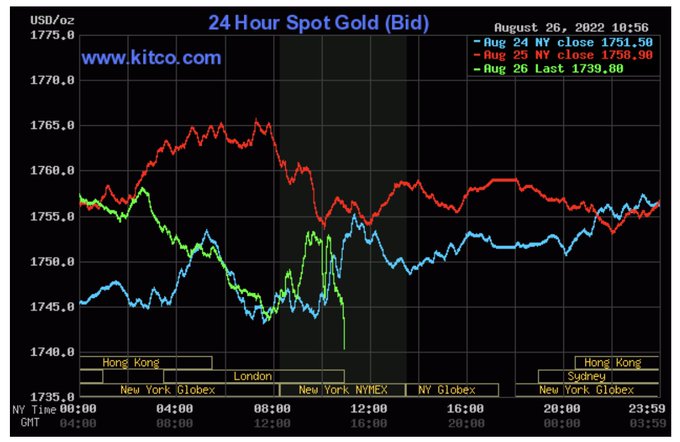



.png)



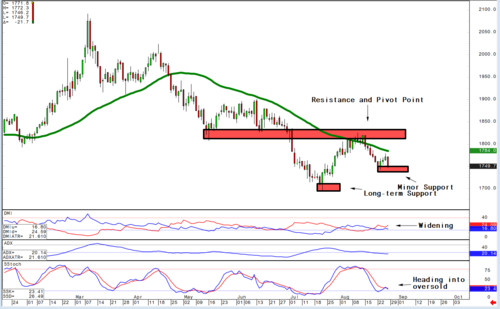
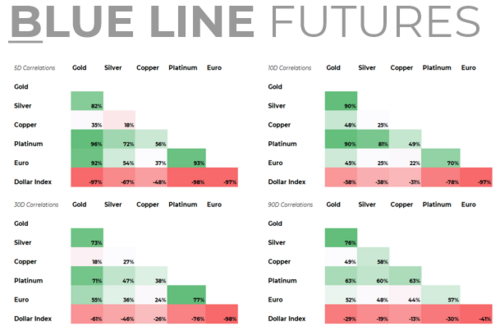





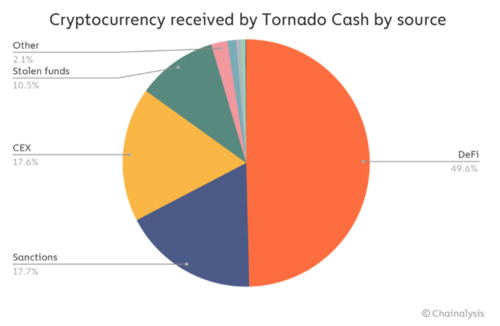
(9).gif)
